 | |||||||||||||
| View the topics in the index below by clicking on the red button. | View photographs of 'Success Stores' from projects around the world. | ||||||||||||
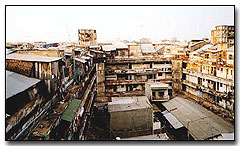 |
 | ||||||||||||
 | ||||||||||
| View a series of photographs on urban questions. | ||||||||||
| You can view the topics by clicking on the red button They are categorized according to the phases in project implementation. | ||||||||||
 | ||||||||||
| ||||||||||
 | ||||||||||
 | |||||||||||||||||||||||||||||||||||||||||||||||||||||||||||||||||||||||
You can view the Issue or Tools topics by clicking on the green squares | |||||||||||||||||||||||||||||||||||||||||||||||||||||||||||||||||||||||
Issues provide options, tradeoff and debates as reference for practitioners in deciding on actions. | Tools provide a resource for understanding how to carry out and perform actions. | ||||||||||||||||||||||||||||||||||||||||||||||||||||||||||||||||||||||
|
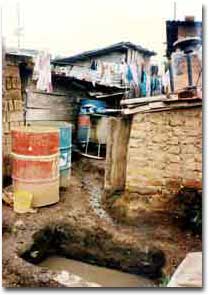 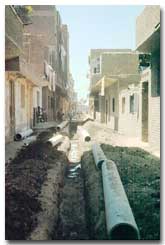 | ||||||||||||||||||||||||||||||||||||||||||||||||||||||||||||||||||||||
|
| ||||||||||||||||||||||||||||||||||||||||||||||||||||||||||||||||||||||
 |
| ||||||||||||||||||||||||||||||||||||||||||||||||||||||||||||||||||||||
|
| ||||||||||||||||||||||||||||||||||||||||||||||||||||||||||||||||||||||
| 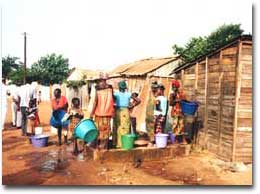 | ||||||||||||||||||||||||||||||||||||||||||||||||||||||||||||||||||||||
 | |||||||
| The sections may be accessed directly by clicking on the red buttons. | 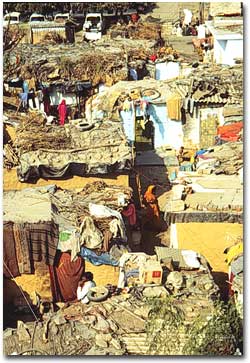
| ||||||
 | |||||||||||||||||||||||||||||||||||||||||||||||||||||||||||||||||||||||||||||||||||||||||||||||||||||||||||||||||||||||||||||||||||||||||||||||||||||||||||||
Case examples are selected to illustrate specific issues and provide insights for project design and development. The goal is to include sufficient information to highlight lessons while allowing the practitioner to judge whether these lessons would apply to another context. When available, the conditions necessary for successful implementation are included. Information is either in an abbreviated form which only includes a brief description and a key source of information, or in a more complete form which includes lessons learned and ‘tips’. Direct contributions from users are encouraged and specifically noted. |  | ||||||||||||||||||||||||||||||||||||||||||||||||||||||||||||||||||||||||||||||||||||||||||||||||||||||||||||||||||||||||||||||||||||||||||||||||||||||||||||
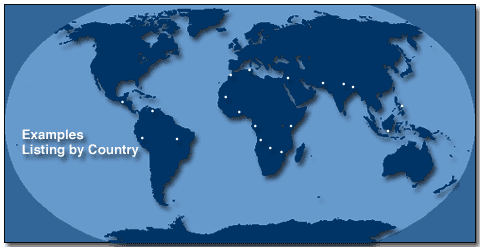 | |||||||||||||||||||||||||||||||||||||||||||||||||||||||||||||||||||||||||||||||||||||||||||||||||||||||||||||||||||||||||||||||||||||||||||||||||||||||||||||
The Case Examples listed below in the table may be accessed directly by clicking on the green square. | You can also view this list by issues. | ||||||||||||||||||||||||||||||||||||||||||||||||||||||||||||||||||||||||||||||||||||||||||||||||||||||||||||||||||||||||||||||||||||||||||||||||||||||||||||
| |||||||||||||||||||||||||||||||||||||||||||||||||||||||||||||||||||||||||||||||||||||||||||||||||||||||||||||||||||||||||||||||||||||||||||||||||||||||||||||
| ‘An Overview of Urban Upgrading’ SLIDE SHOW A 10-slide series which explains the general concepts of upgrading through photographs and summary text. (Powerpoint format; 1.5MB file size) Download: overview.ppt |  | ||||||||||||||||||||||||||||||||||
| ‘Year 2001 Upgrading’ CALENDAR A 12-month calendar updated from 2000, with photographs illustrating upgrading issues. (11 inches x 25 inches; .pdf format 488K file size) Download: calendar.pdf | 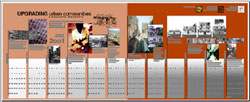 | ||||||||||||||||||||||||||||||||||
| ‘Community Action Planning’ WALL CHART This chart ‘Plan for Action’ highlights a 15-step process of interactive planning. The chart is based on a series of workshops held in Bangladesh with technical staff and community groups. It is useful for explaining and understanding process, as well as a guide for carrying out ‘action planning’. (May be enlarged to 24 inches x 36 inches; .pdf format, 1.2MB file size) Download: WallChart.pdf | 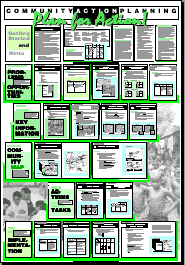 | ||||||||||||||||||||||||||||||||||
| |||||||||||||||||||||||||||||||||||

